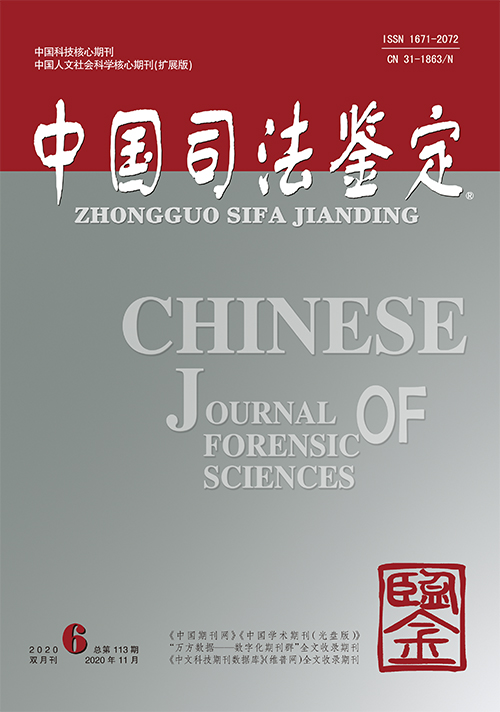The new Criminal Procedural Law and Civil Procedural Law, amended by the NPC, will be implemented in January 2013. The revised content involves some provisions about forensic appraisal. The new Civil Procedural Law has more terms in this regard, and it is more specific compared with the new Criminal Procedural Law. In view of theory and practice of forensic appraisal, this article discusses the progress in the new Civil Procedural Law: the control of startup of appraisal, the qualification of appraisers, the relaxation of requirements for the appraisers’ appearing in court, the two serious consequences of the appraisers’ refusal to testify, the provisions regarding appearing in court by “personnel with expertise” hired by the parties. At the same time, it will discuss the defects of the provisions, and make some suggestions about judicial interpretation and amending the law in the future.

